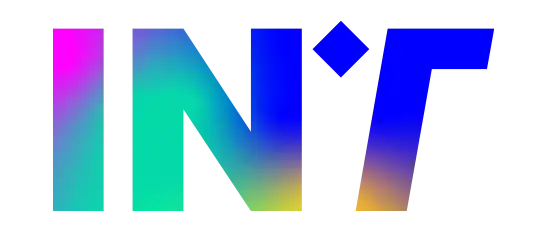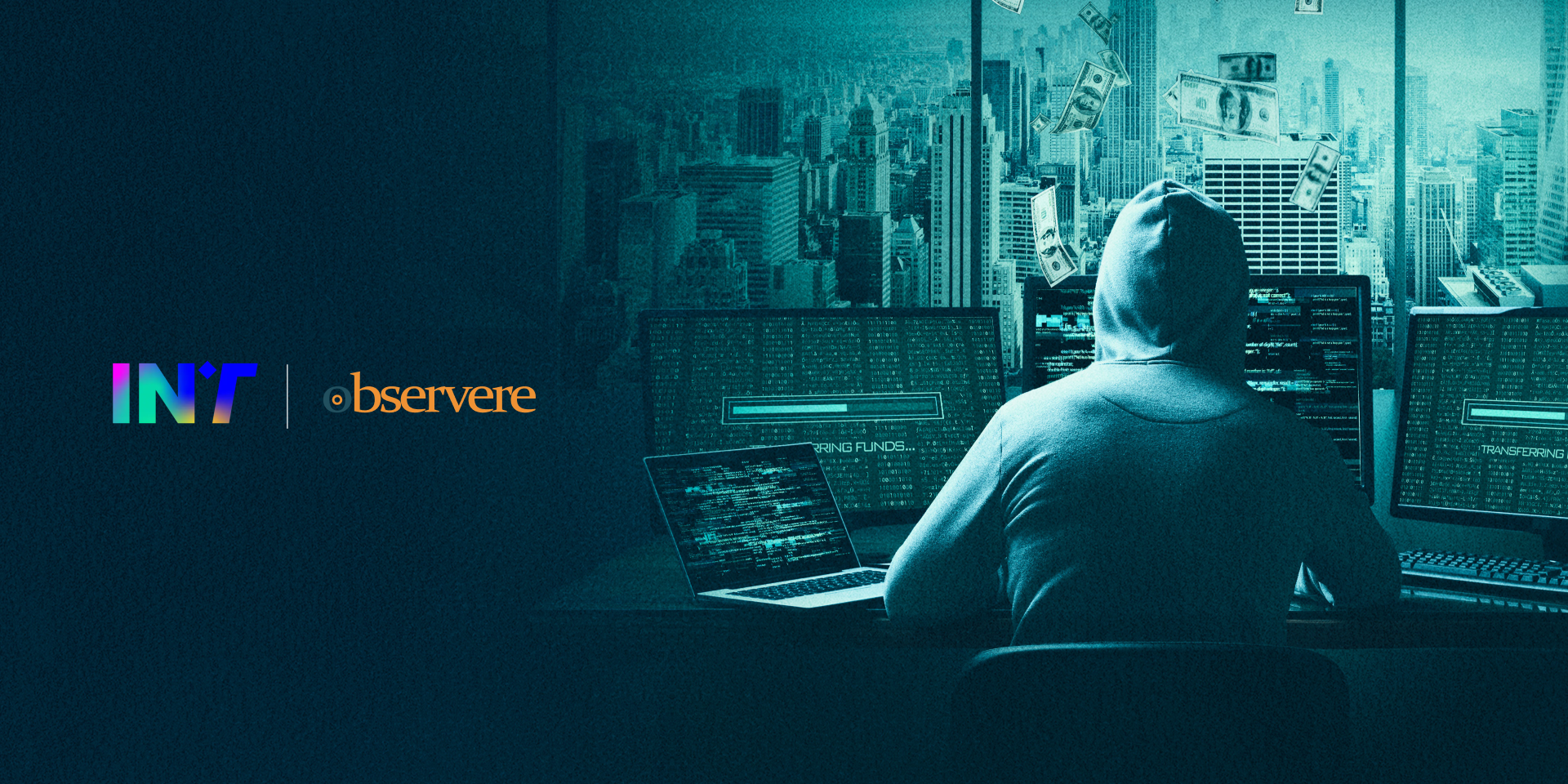A Swedish version in 2009 and an American one in 2011: two separate films have drawn from one of the most sensational literary phenomena of the last decade, the posthumous work of Stieg Larsson, the Millennium trilogy.
The protagonists, journalist Mikael Blomkvist and hacker Lisbeth Salander, have become iconic figures in the fight against corrupt power, racism, and violence against women.
The narrative begins with Mikael Blomkvist, embroiled in a judicial scandal, being hired to solve a 40-year-old cold case: the disappearance of Harriet Vanger, a young scion of a wealthy family. In a parallel storyline, Lisbeth Salander—an unconventional researcher and an expert in digital surveillance, hacking, and profiling—is commissioned to investigate Blomkvist himself.
When the two eventually meet, their distinct personality traits come to the forefront, surpassed only by Lisbeth’s formidable cyber skills, which progressively become almost central to the investigative narrative. The inquiry consequently shifts from paper documents to email inboxes, and from archival photographs to the digital footprints left on files, NAS drives, hard disks, and remote accounts.
Lisbeth manages to infiltrate the computer systems of suspects, identify hidden behavioural patterns, and follow trails invisible to the analogue world, aided by the enigmatic figure known as Plague.
From a cybersecurity perspective, the Millennium saga offers one of the first compelling portrayals of a female hacker as both a technical and social protagonist. It presciently explores themes that are now central to our discourse: surveillance, institutional abuse, data leaks, and ethical hacking.
The digital arsenal showcased across the two films includes:
- Forensic analysis of compromised laptops
- Unauthorised remote access to corporate files
- The use of proxies, VPNs, and exploits to gain privileges
- Facial recognition and metadata analysis
- Utilisation of OSINT to cross-reference public and private information
The entire plot can be interpreted as a cyber-centric investigation where information is the ultimate prize. Without hacking and considerable courage, the truth would have remained shrouded in silence.
In our cyber-review, we must highlight the realistic approach to hacking, particularly evident in the Swedish version. The film employs concrete techniques that were relevant to its time period: keyloggers, OSINT, social engineering, and physical access to devices. Lisbeth demonstrates the quiet, methodical, and unglamorous side of digital intrusion.
Furthermore, consider how our protagonist operates with an ambiguous ethical compass, illustrating the fine line between investigation and violation—a perfect mirror of the concept of Ethical Hacking. We recommend paying close attention to the scenes depicting her accessing Mikael’s emails or gathering OSINT on Wennerström to appreciate what could be achieved in 2025 with more advanced tools and knowledge.
The submerged hacker community, navigating the deep and dark web, is represented in the films through the relationship between Lisbeth and Plague. In the Swedish adaptation, Plague’s role is more prominent, embodying the archetype of the script kiddie/dark genius who collaborates passively. This serves as an excellent reference for envisioning the dense, clandestine collaboration that exists among modern hackers, involving the sharing of exploits, vulnerabilities, and the resale of services on the dark web.
Anticipating the theme of Spear Phishing by nearly 15 years, the film demonstrates that Lisbeth’s abilities are as much social as they are technical. The way she observes, deduces, and manipulates is pure social engineering. To this day, the human element remains the primary gateway for compromising systems, with attacks based on these techniques showing an average annual increase of 20%.
And just as it happens today, her victims have failed to enable two-factor authentication, use unencrypted devices, or leave information in plain text. The modern average user witnesses the risks of their own complacency on screen.
We recommend both films, not only for their different characterisations of the protagonists but also for the enjoyment of the same story from diverse perspectives. However, if we were to judge solely on the cyber aspect, the Swedish original would arguably emerge as the winner.
Article in collaboration with Lorenzo Raimondo, Managing Director of Observere






